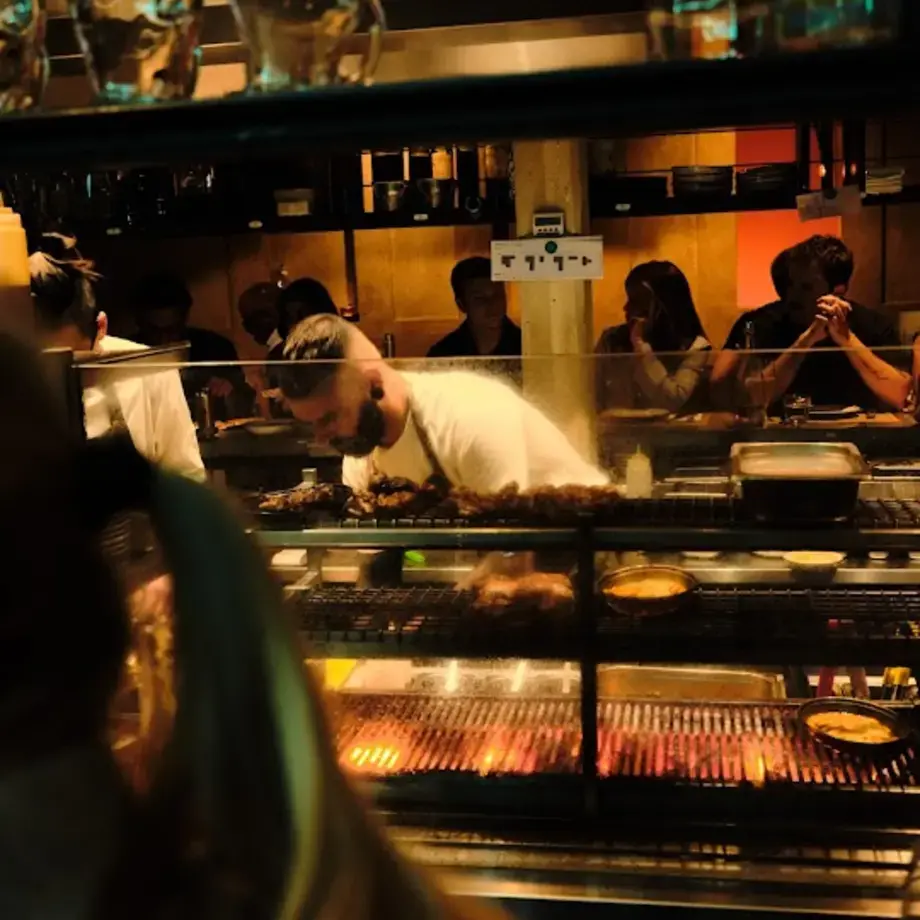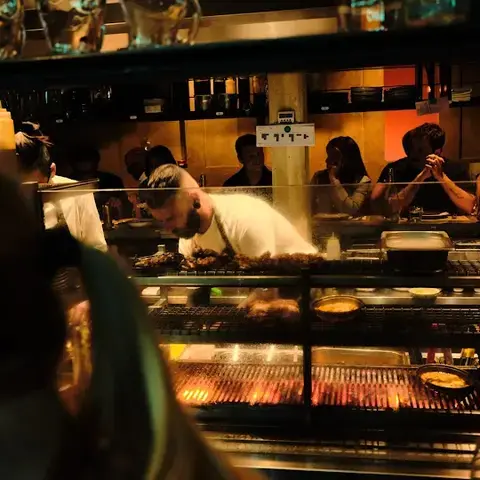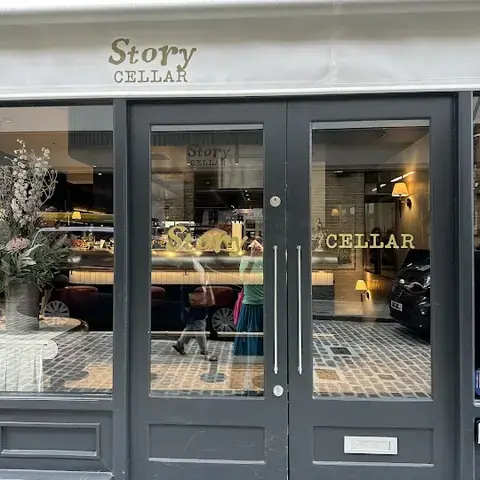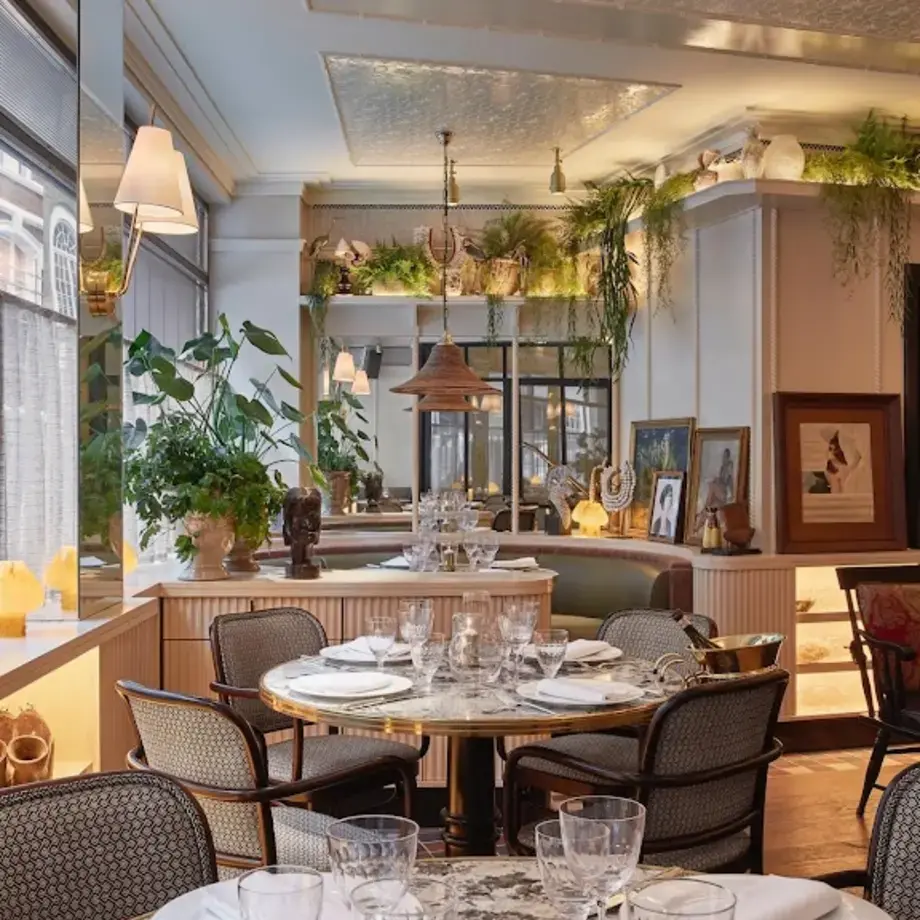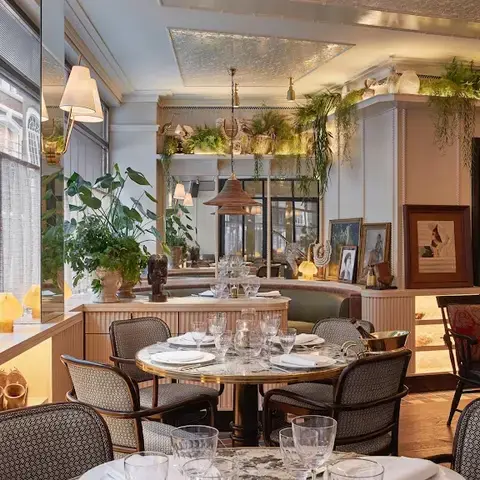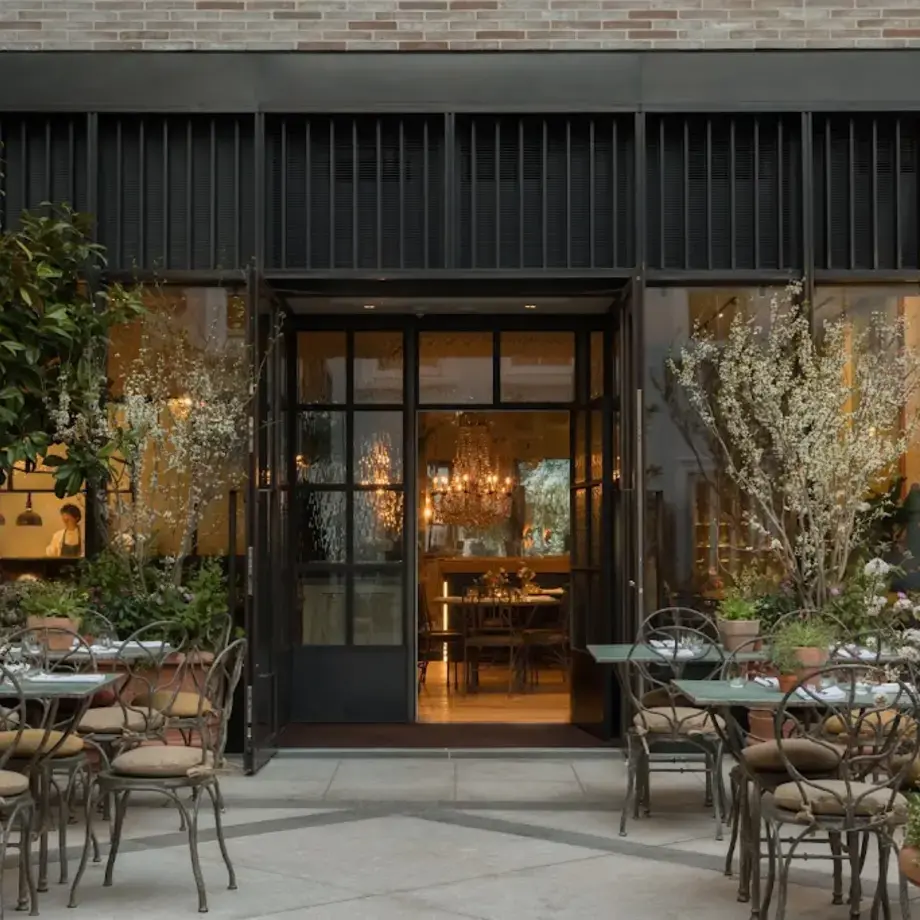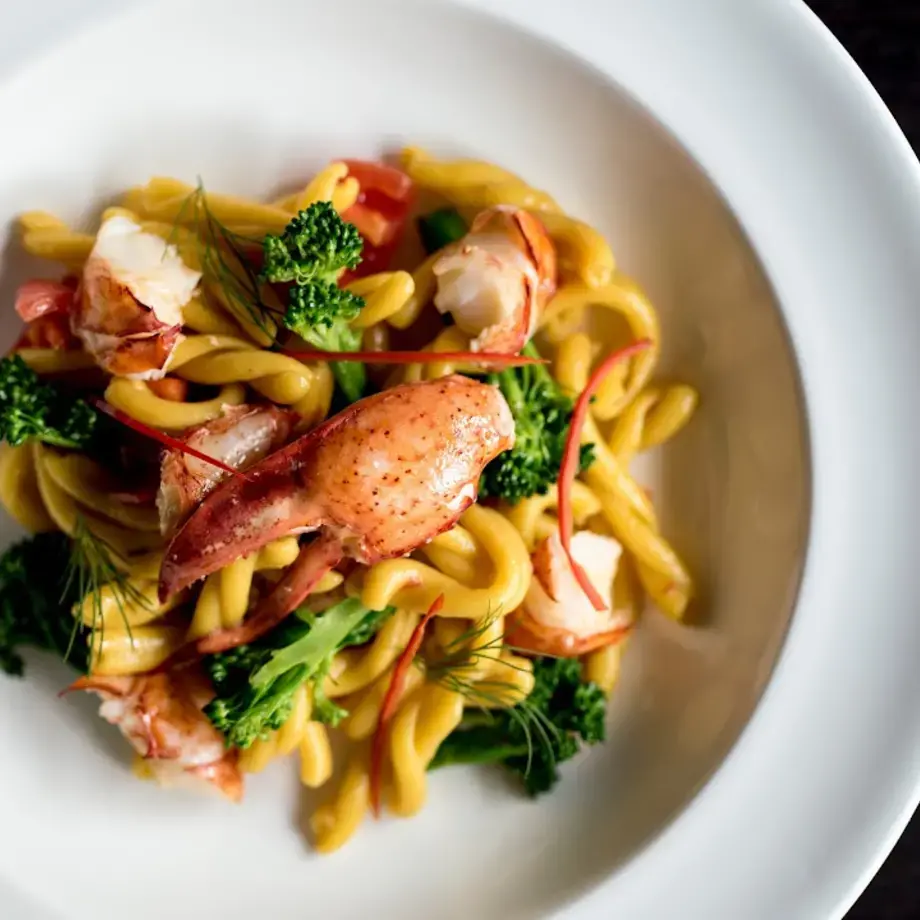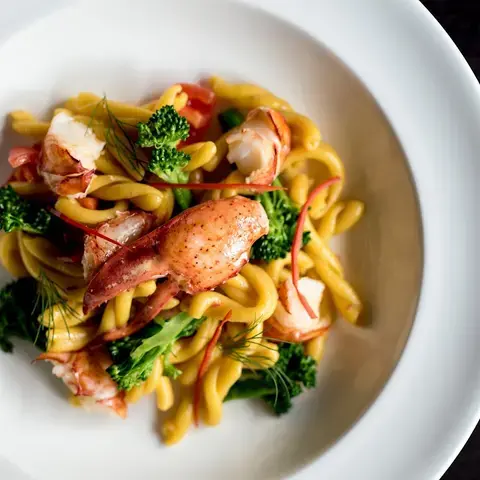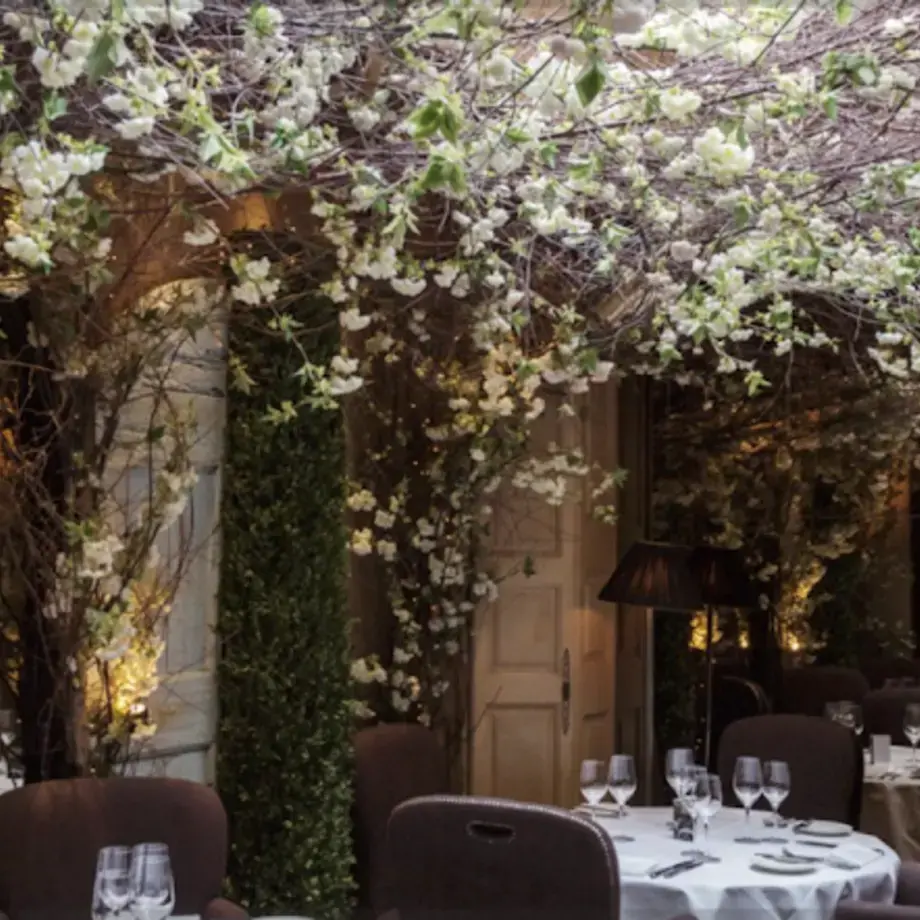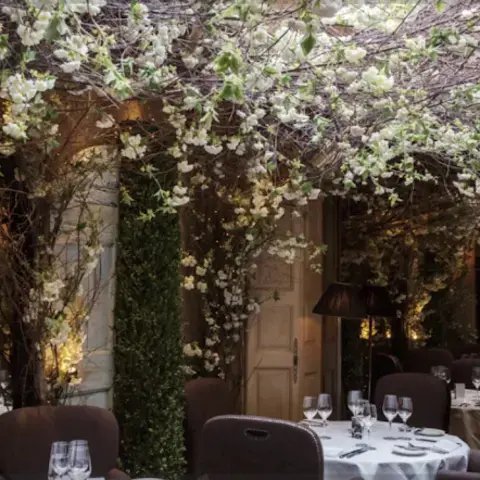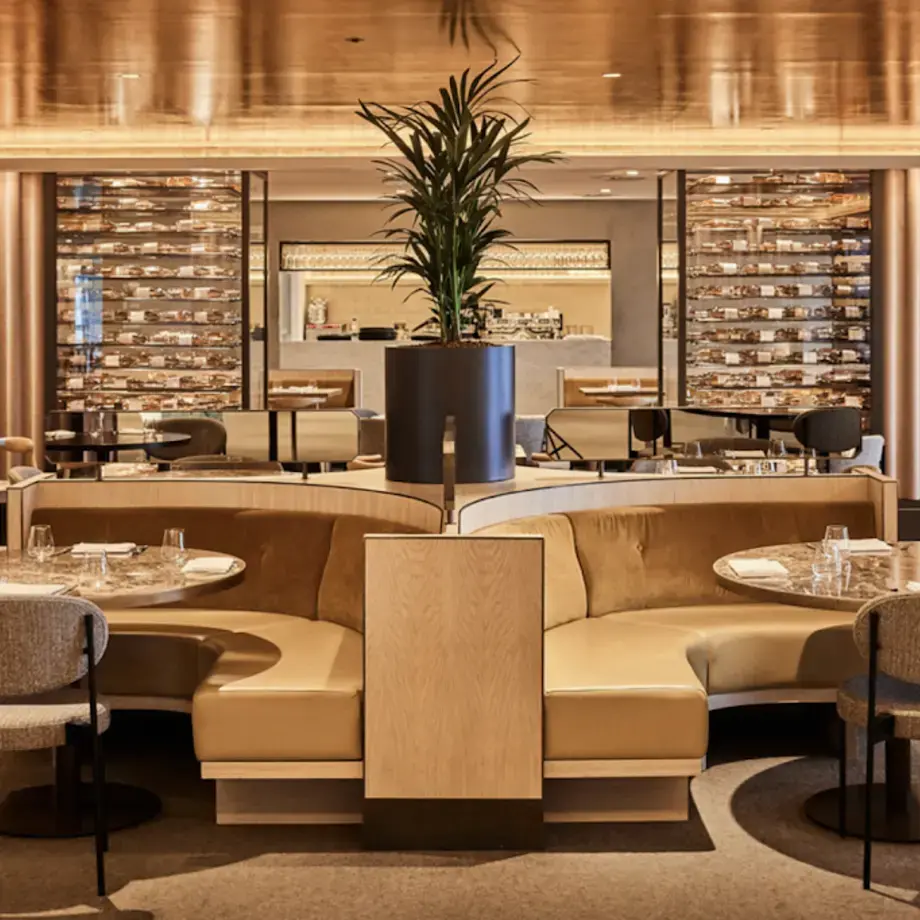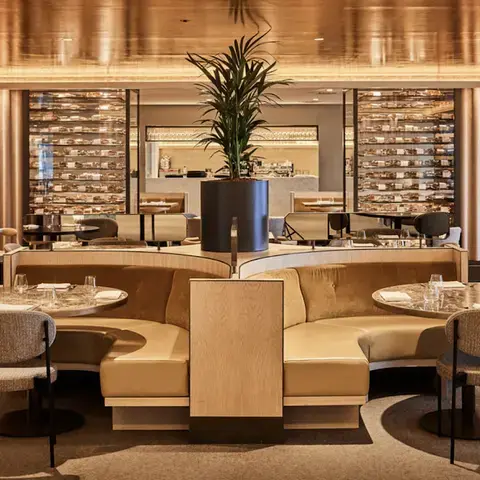The Barbary delivers a bold and tightly focused interpretation of North African and Middle Eastern cuisine, drawing on the culinary traditions of the Barbary Coast while maintaining a clear modern voice. Mentioned in the Michelin Guide, the restaurant offers a menu structured around fire, spice, and technique — favouring depth and balance over extravagance.The kitchen works with an elemental palette: charcoal grills, robust marinades, and assertive spice blends form the foundation of many dishes. Yet the execution is anything but rustic. Flavours are layered with control, ingredients handled with care, and compositions guided by proportion rather than heat alone. There is a logic to the combinations — pulses paired with citrus and herbs, grilled meats offset by smoke and acidity — that reflects a disciplined understanding of flavour construction.Vegetables, flatbreads, fish and meat are all given equal weight, with no hierarchy imposed by convention. The cooking draws from Levantine and Maghrebi traditions while resisting replication. What results is not a collection of regional classics, but a tightly edited menu shaped by intention. Each dish arrives fully resolved: compact in form, confident in flavour, and anchored by a single driving idea.The space at 16 Neal’s Yard, London, WC2H 9DP, United Kingdom, in the borough of Greater London, reinforces the kitchen’s approach. Counter seating wraps around the central grill, placing guests in direct view of the cooking process. The energy is immersive but focused — noise and movement kept in balance by the rhythm of the kitchen.The Barbary’s mention in the Michelin Guide reflects the clarity of its vision. It is not a restaurant of interpretation, but of expression — a place where ingredients, method, and heritage converge in controlled, flavour-forward dishes that never feel overworked.With its distilled approach to Middle Eastern and North African cuisine, The Barbary offers a tightly framed experience that feels both immediate and enduring. Each course is a demonstration of control — of fire, of spice, of structure — and together they create a culinary identity that is singular, assured, and unmistakably its own.
